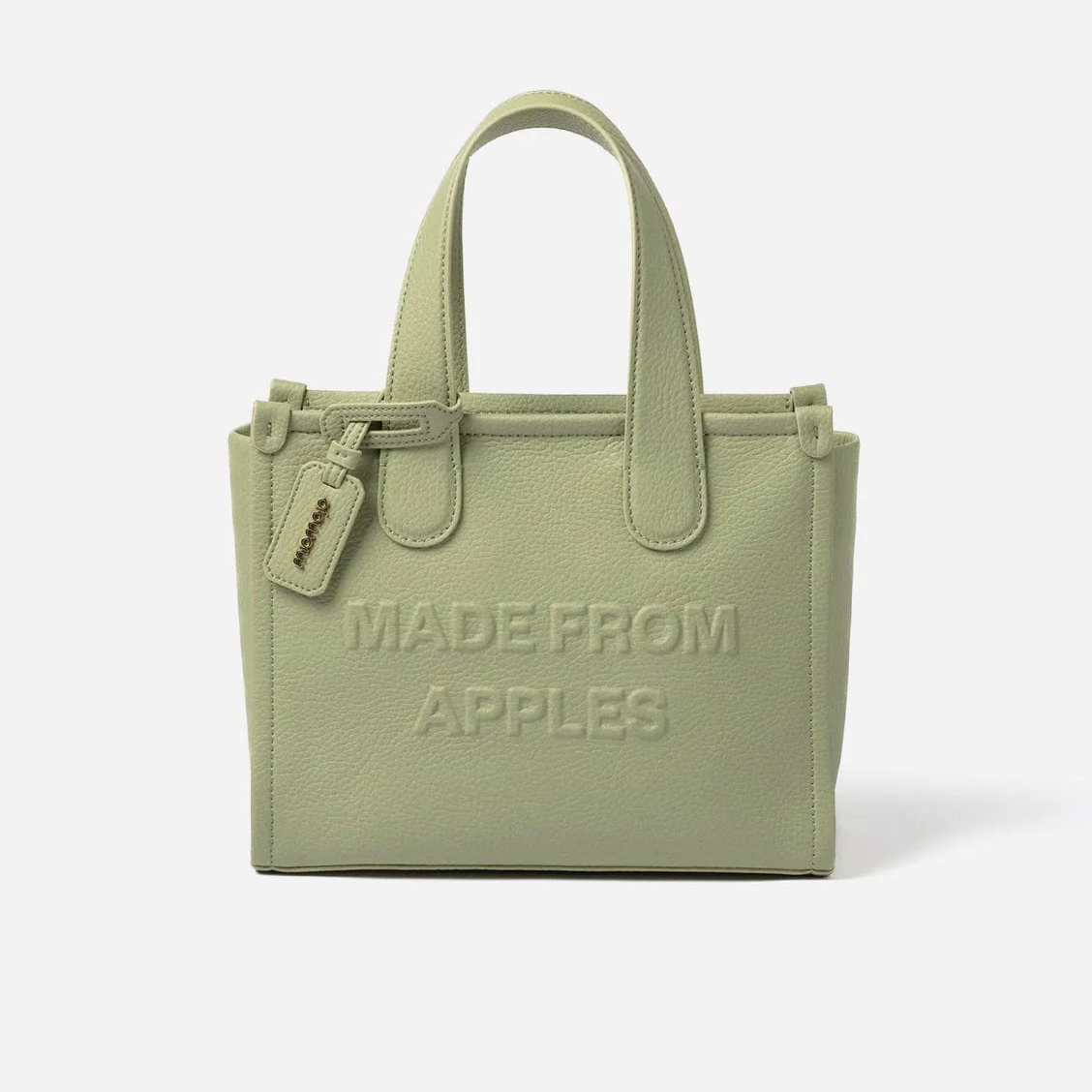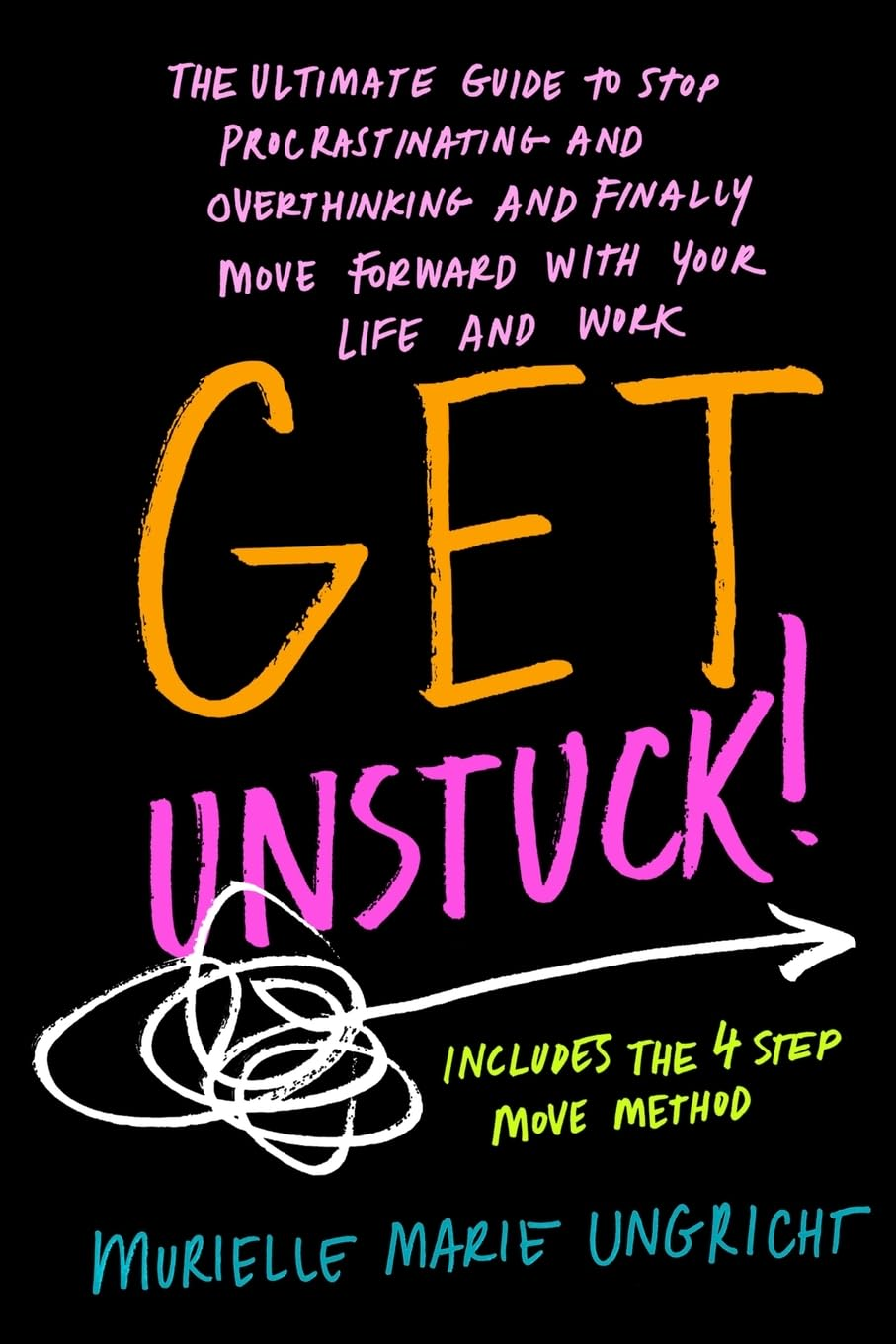Celebrate England’s Heritage of Morris Dancing!

Morris dancing is one of England’s most colourful folk traditions. You’ll spot it at fairs, villages, and festivals. Men and women wear bells on their legs, wave handkerchiefs, and stamp the ground to lively music.
This unique dance has history, meaning, and a strong sense of community. Here’s everything you need to know about Morris dancing, from origins to modern-day revivals.
Morris Dancing Dates Back Centuries
Morris dancing has roots going back to at least the 15th century. References appear in church records and royal accounts from the 1400s.
The dance became popular at court and in local festivities during the Tudor period. Over time, it spread across villages in the English countryside. The tradition survived through changing times and is still alive today.
Distinct Types of Morris Dancing
There isn’t just one style of Morris. The main types include Cotswold, Border, North West, Longsword, and Molly. Each has unique steps, costumes, and music.
For example, Cotswold Morris features bright white outfits and waving hankies, while Border Morris dancers wear blackened faces and tatter jackets. North West Morris is known for clogs and lively parades. These styles reflect the local customs where they first began.
The Role of Music in Morris Dancing
Live music is essential for Morris. Traditional instruments include the fiddle, melodeon, concertina, and pipe and tabor. The musician sets the tempo and guides the dancers.
Tunes are passed down through generations and often have cheerful or lively melodies. The music and dancing together create a powerful sense of celebration.
Costumes and Symbols
Morris dancers are best known for their costumes. Most wear white shirts and trousers, decorated with coloured ribbons and sashes. Leg bells create a rhythmic jingle with every step. Some teams sport hats festooned with flowers or rosettes.
The Border style stands out with face-paint, a tradition with disputed origins but likely rooted in disguise and theatre. Handkerchiefs, sticks, and garlands are standard props, each carrying its own meaning.
Why Morris Teams Dance
Morris dancing isn’t just about performance. It was often linked to celebrating the changing seasons. Many teams dance on May Day or at harvest festivals. The start of spring is the most popular time.
Over the centuries, Morris teams have become guardians of local history and pride.
Women in Morris Dancing
While old records show mostly men dancing Morris, women now play a big part. During the folk revival of the 20th century, many women’s teams (sometimes called “side”) formed.
Mixed and all-female teams are now common at festivals across the country. Today Morris is open to everyone who enjoys dance and music.
Morris Across Modern England
Morris isn’t stuck in the past. There are hundreds of teams across England keeping the tradition alive. You’ll find dancers at village fêtes, local pubs, football matches, and city events.
Morris teams often welcome new members and hold regular practices. Some even tour abroad, sharing English folk traditions worldwide.
Where to See Morris Dancing
Morris dancing is easy to spot if you know where to look. May Day (1st May) is the busiest, with teams dancing at dawn on hills and at town squares.
The Sidmouth Folk Festival and Whitby Folk Week are major events for enthusiasts. Many pubs and village greens host regular displays, especially in spring and summer.
Check local websites or folk societies to find a performance near you.






